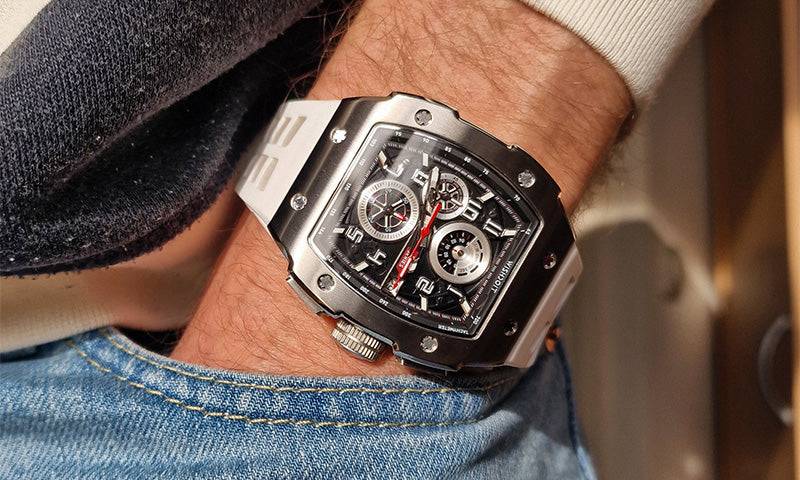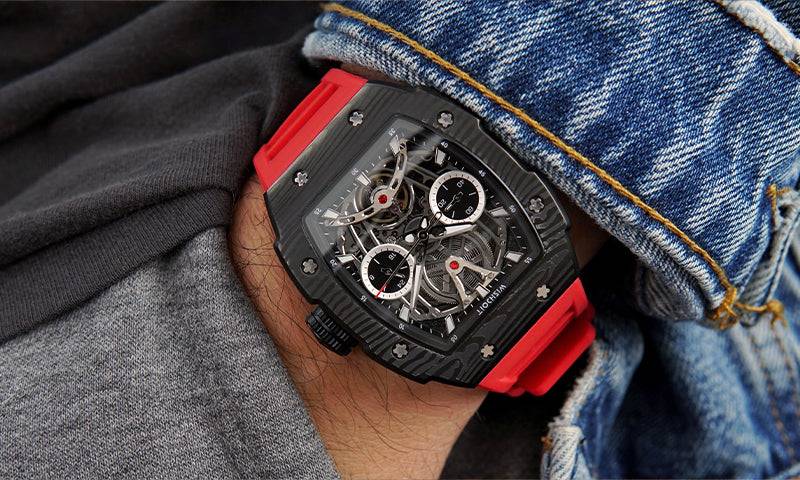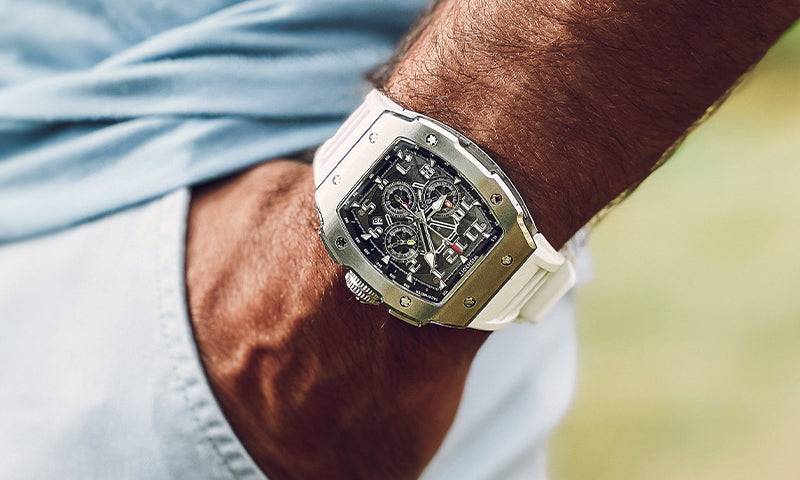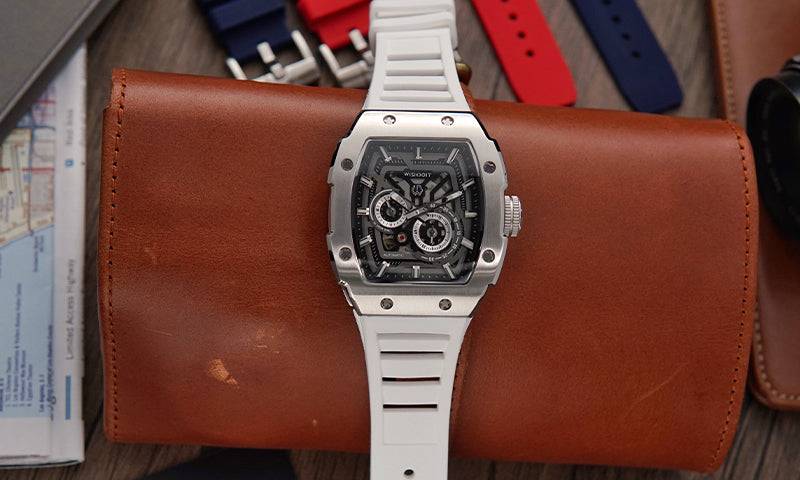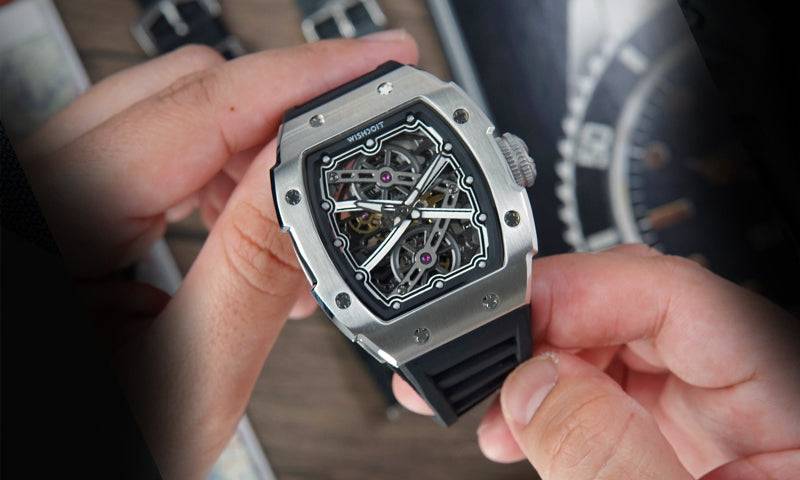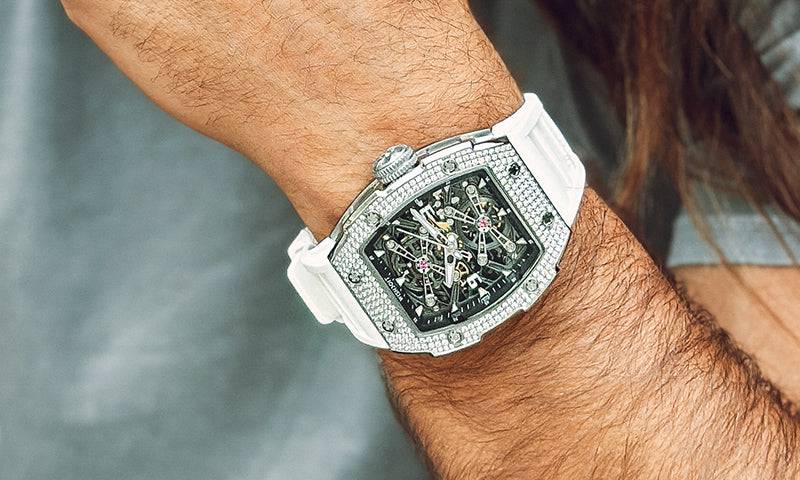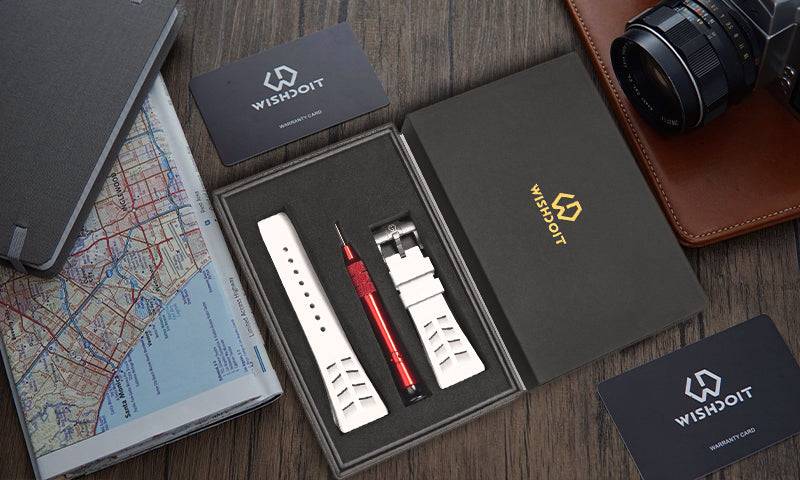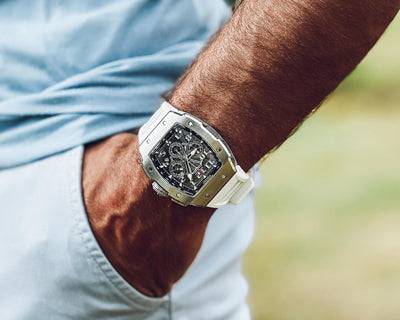Watches have come a long way since their humble beginnings as mere timekeeping devices. Today, they are fashion statements, status symbols, and beloved accessories for many. Two popular types of watches that often capture the imagination of watch enthusiasts are automatic and mechanical watches. While they may appear similar at first glance, there are significant differences between the two that make each unique and fascinating in its own way. So, let's delve into the world of horology and explore the distinctions between automatic and mechanical watches.
At their core, both automatic and mechanical watches operate without the aid of batteries or electronics. Instead, they rely on intricate mechanisms and craftsmanship to keep time. Mechanical watches, sometimes referred to as manual-wind watches, require manual winding by turning the crown to tension the mainspring. This action stores potential energy, which is then gradually released to power the watch's movement.
On the other hand, automatic watches, also known as auto-winding watches, eliminate the need for manual winding. They feature a rotor, a semi-circular metal weight that swings freely with the movement of the wearer's arm. As the wrist moves, the rotor spins, transferring energy to the mainspring and automatically winding the watch. This ingenious mechanism ensures that the watch remains powered as long as it is worn regularly.
One of the captivating aspects of mechanical watches is the intricate craftsmanship involved in their construction. Watchmakers painstakingly assemble each tiny component, including gears, springs, and levers, often with exquisite hand-finishing. The gears work together in a mesmerizing dance, transferring energy and powering the watch's hands. Witnessing the precision and skill that goes into creating a mechanical watch is truly awe-inspiring.
Automatic watches, while sharing the same intricate construction as their mechanical counterparts, offer a unique advantage: convenience. With an automatic watch, you don't have to worry about remembering to wind it regularly. Simply wearing the watch and going about your daily activities is enough to keep it ticking. For individuals who value hassle-free timekeeping, automatic watches provide a perfect solution.
Another difference between automatic and mechanical watches lies in their power reserve. Mechanical watches usually have a shorter power reserve compared to automatic watches. A typical mechanical watch may need to be wound every day or every other day to keep it running accurately. On the other hand, automatic watches can often store power for several days or even weeks, depending on the specific model and its movement.
When it comes to prestige and collectability, both automatic and mechanical watches have their devoted followers. Mechanical watches are often considered traditional and classic, revered for their historical significance and the craftsmanship they embody. Collecting and owning a mechanical watch can be a nod to horological heritage and a connection to a bygone era.
In contrast, automatic watches are admired for their technical innovation and convenience. They offer the best of both worlds, combining the mechanical charm with the convenience of self-winding. Collectors and enthusiasts appreciate the craftsmanship and engineering marvels found in automatic watches, along with the ease of use they provide.
In conclusion, while automatic and mechanical watches may appear similar on the surface, they offer distinct experiences for watch aficionados. Mechanical watches embody tradition, intricate craftsmanship, and a connection to the past. On the other hand, automatic watches blend technical innovation, convenience, and the charm of self-winding mechanisms. Whether you choose a mechanical or automatic watch, both types offer a fascinating journey into the world of horology, ensuring you not only keep time but also make a stylish statement on your wrist.
You’ll also like:
Top 5 Best Everyday Watch Under $500
What Makes a Good Watch? A Guide to Choosing the Right Timepie




